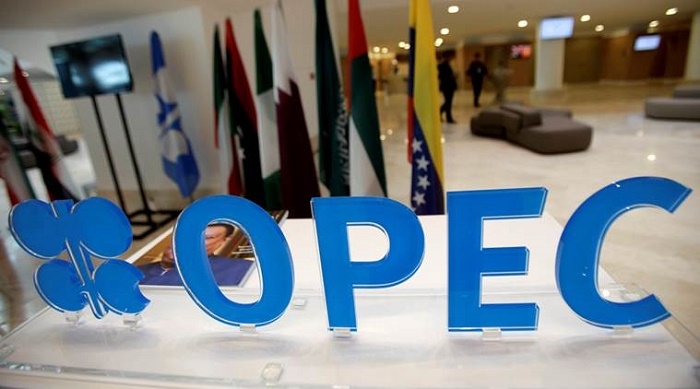Oil futures markets were rattled by the OPEC decision, with no new oil-producing nations joining the oil supply cut agreement and this extension in extraction caps likely expiring with no prolongation. However, increases in oil refining in Asia and a robust demand for energy in mainland China add upward pressures on oil prices.
"This is a declaration of a strong will of OPEC, as well as non-OPEC producers, to tighten overall supply-demand," Yasushi Kimura of the Petroleum Association of Japan and JXTG Holdings said. In 2017, global demand is likely to exceed supply, and crude prices are likely to rise toward $60/bbl by the end of the year."
The representatives of OPEC and other major oil producers, including Russia, agreed to cut oil extraction by 1.8 million barrels per day till March 2018, prompting Asian refiners to look for other sources of crude in the global market, easing glut concerns.
"We've said we'll do whatever is necessary," Saudi Oil Minister Khalid Al-Falih said. "That certainly includes extending the nine months further. We'll cross that bridge when we get to it."
Whilst the oil prices crashed by 5 percent to just about $50/bbl following the announcement, a rebound to $51.66 per barrel of Brent crude followed on Friday.
Asian refiners represent a significant share of global demand, and thus far their main source of crude has been tanker shipments from the Middle East. Whilst US shale production is increasing amidst the rise in US crude exports, tanker shipments take weeks or months to deliver, meaning Asia might soon bleed dry of energy sources.
Such a development would allow for a significant increase in oil prices and a subsequent realignment of the global demand for energy.
Albeit the US is now exporting some of its crude, with the White House has recently discussed selling some of their oil strategic reserves, the US still remains a huge oil importer, with domestic demand exceeding production by roughly 10 million bpd. The US East Coast is particularly dependent on oil imports, meaning the shortage of the oil supply in the Asian market will also affect US refiners. US oil prices, therefore, are also poised to increase.
OPEC extraction cuts are not universal though. Nigeria and Libya are still exempt from cutting production, which means the news of terror group activity in these countries will be directly affecting oil prices in the forthcoming nine months. Iran had been allowed to increase oil extraction under previous agreements, and now its production target remains unchanged, at 3.797 million bpd.
Initially, the OPEC extraction cuts coordinated in November 2016 provided a decrease in output by 1.2 million bpd. When another 11 oil-producing nations joined the accord the following month, the scope of cuts was increased to 1.8 million bpd. Oil prices gained a roughly 20 percent boost subsequently, but this time around no further expansion in scale entailed no immediate positive effect to the market.
The tightening Asian supply-demand situation, and possible oil shortages on the US East Coast, unless resolved by reinstated railway shipments from North Dakota and Canada, will thus be the main driving force behind the global oil market in the near term.
In the US, oil inventories are poised to increase along the Gulf Coast region, as the new Dakota Access Pipeline (DAPL) and Keystone XL will divert crude from North Dakota and Canadian Alberta to the refineries in Texas and Louisiana. Railway shipments to the US East Coast are deemed too costly and potentially dangerous, but as the US domestic market balances itself facing the contraction in Middle Eastern supply, railways might return to the oil business for as long as the OPEC cuts are affecting the market. However, the projected rise in US crude exports might diminish the effect of the OPEC cuts.
"There's still an oversupply to wrestle with," Simon Flowers of the energy consultancy Wood MacKenzie said, referring to the US oil market.
Asian refiners remain in focus in the coming two or three months, but later on the OPEC supply cuts' role in determining global oil prices will start diminishing due to the market realignments both in Asia and North America. Global economic growth and the way mainland China opts to tackle its mounting debt issues will be other two key factors to account for when looking at oil prices. But as of now, the outlook is modestly bullish.
More about: #OPEC















































